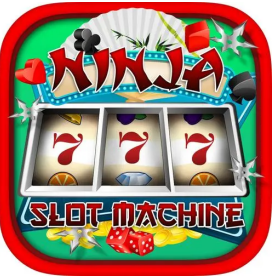
# The Enchanting World of Lucky Charms
Lucky charms have fascinated people across cultures for centuries, believed to bring good fortune and protection. From ancient talismans to modern trinkets, the significance of these tokens varies but their appeal remains universal. This article explores various lucky charms from around the world, delving into their meanings and origins.
## 1. Four-Leaf Clover
The four-leaf clover, a rare variation of the common three-leaf variety, is perhaps one of the most recognized lucky charms. Each leaf is said to represent something special: faith, hope, love, and luck. According to Irish folklore, finding one is a sign of good fortune, making it a sought-after treasure in grassy fields.
## 2. Horseshoe
The horseshoe has long been considered a symbol of good luck, particularly in European cultures. Its crescent shape is thought to represent the moon and its protective qualities. Traditionally, a horseshoe is hung over doorways, open ends up to trap good luck within, while also keeping out evil spirits. Many believe that the material of the horseshoe plays a role in its protective powers; it is traditionally made of iron, which is said to ward off negative energies.
## 3. Dreamcatcher
Rooted in Native American culture, the dreamcatcher is more than just a decorative piece; it serves as a protective charm. Traditionally hung above the bed, it is believed to filter dreams, allowing only positive visions to pass through while capturing negative ones in its web. The intricate designs and use of natural materials imbue each dreamcatcher with unique significance, making it a favored charm among many seeking spiritual protection.
## 4. Evil Eye
The evil eye, prevalent in Mediterranean and Middle Eastern cultures, is believed to protect against malicious envy. Typically represented by a blue and white eye-shaped amulet, it serves as a shield to ward off bad luck caused by jealousy. Wearing or displaying an evil eye charm is thought to not only fend off negativity but also attract positive energy, making it a popular choice for jewelry.
## 5. Rabbit’s Foot
The rabbit’s foot, often considered a good luck charm in Western cultures, stems from ancient superstition. The belief in its luck dates back to Celtic tribes who saw the rabbit as a fertility symbol. Carrying a preserved rabbit's foot is said to bring good fortune, especially in matters of financial prosperity and relationships. Despite its popularity, the charm has faced criticism due to ethical concerns surrounding animal exploitation.
## 6. Chinese Coins
Chinese coins, often tied together with red string, are widely used as a symbol of wealth and prosperity. Featuring square holes at the center, they are believed to invite positive energy into homes and businesses. Often gifted during the Lunar New Year or other celebrations, these coins are cherished among those wishing to attract abundance.
## In Conclusion
From four-leaf clovers to Chinese coins, lucky charms serve as tokens of hope, protection, and prosperity in various cultures. They remind us of the deeper beliefs and traditions that shape our understanding of luck and fortune in our lives. Although the effectiveness of these charms may hinge more on faith and personal belief, their cultural significance remains undeniable, enriching the tapestry of human experience with magic, tradition, and meaning.
*Word Count: 532*